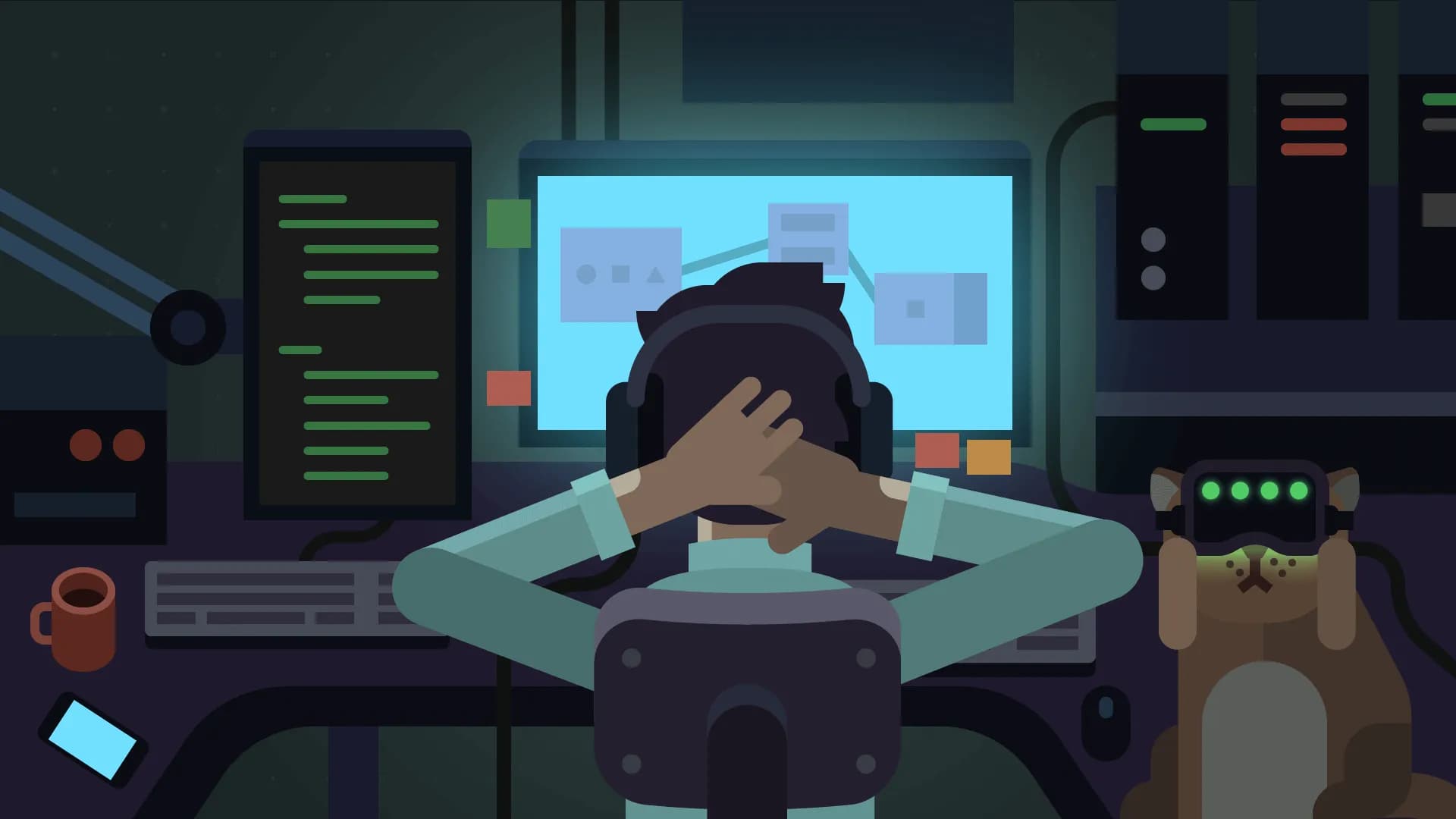From Concept to Launch: A Behind-the-Scenes Look at the Game Development Process

The journey from a game’s initial concept to its final launch is a complex and multifaceted process involving numerous stages and the collaborative efforts of diverse teams. This article provides an in-depth look at each phase of game development, highlighting the intricate steps and creative decisions that bring a game to life.
1. Conceptualization and Ideation
The first stage of game development begins with conceptualization and ideation. “Every great game starts with a unique idea,” says Jane Doe, a senior game designer. This phase involves brainstorming sessions where developers outline the basic concept, target audience, and core mechanics. Detailed documentation, often referred to as a game design document (GDD), is created to serve as a blueprint for the project.
2. Pre-production Planning
Once the concept is solidified, the pre-production phase begins. “Pre-production is all about planning and preparation,” explains John Smith, a project manager. During this stage, the team conducts market research, defines the project’s scope, and allocates resources. Key decisions regarding the game’s art style, story, and technology stack are made. Prototypes are developed to test feasibility and gameplay mechanics.
3. Design and Development
The design and development phase is where the game starts to take shape. “This is where the magic happens,” says Sarah Lee, a lead developer. Game designers, artists, and programmers work together to create the game’s assets, including characters, environments, and levels. The game’s codebase is built, and core gameplay mechanics are implemented. Regular playtesting sessions are conducted to gather feedback and make necessary adjustments.
4. Iterative Testing and Refinement
Iterative testing is crucial to the development process. “Constant testing helps us identify and fix issues early,” notes Michael Brown, a QA lead. During this phase, the game undergoes multiple rounds of testing to ensure that it is fun, balanced, and free of bugs. Feedback from testers is used to refine gameplay mechanics, improve performance, and enhance the overall player experience.
5. Production and Content Creation
As the game progresses, production ramps up with a focus on content creation. “Content creation is a collaborative effort that requires creativity and precision,” says Rachel Adams, an art director. This stage involves the creation of additional game assets, such as levels, quests, and audio. Voice actors may be brought in to record dialogue, and composers create the game’s soundtrack. All content is integrated into the game, and final adjustments are made.
6. Marketing and Community Building
Parallel to development, marketing efforts begin to build anticipation and attract an audience. “Effective marketing is key to a successful launch,” emphasizes David Wilson, a marketing strategist. This phase includes creating promotional materials, engaging with the gaming community on social media, and organizing pre-launch events. Beta versions may be released to gather feedback and generate buzz.
7. Launch Preparation and Deployment
As the launch date approaches, the focus shifts to preparation and deployment. “A smooth launch requires meticulous planning,” says Emily Turner, a release manager. The team ensures that all systems are in place for a successful release, including servers, distribution platforms, and customer support. Final tests are conducted to ensure stability and performance. On launch day, the game is released to the public, and the team closely monitors its reception.
8. Post-launch Support and Updates
The journey doesn’t end with the launch. “Post-launch support is essential for maintaining player satisfaction,” notes Anna Lee, a community manager. The team continues to provide updates, fix bugs, and release new content. Engaging with the player community and addressing feedback helps build a loyal fanbase and extends the game’s lifespan.
Future Trends in Game Development
The landscape of game development is constantly evolving, with new technologies and methodologies shaping the future. “Emerging trends like virtual reality, augmented reality, and cloud gaming are set to revolutionize the industry,” predicts Tom Harris, a tech futurist. Developers are increasingly leveraging AI to create more adaptive and personalized gaming experiences. Additionally, the integration of blockchain technology promises to enhance security and offer new monetization models through digital asset ownership. These advancements are poised to push the boundaries of what’s possible in gaming, offering players even more immersive and innovative experiences.
From concept to launch, the game development process is a complex and collaborative journey that requires creativity, technical expertise, and meticulous planning. By following a structured approach and leveraging the talents of a diverse team, developers can create immersive and engaging gaming experiences that captivate players worldwide. As the industry evolves, the processes and technologies behind game development continue to advance, promising even more innovative and exciting games in the future.
